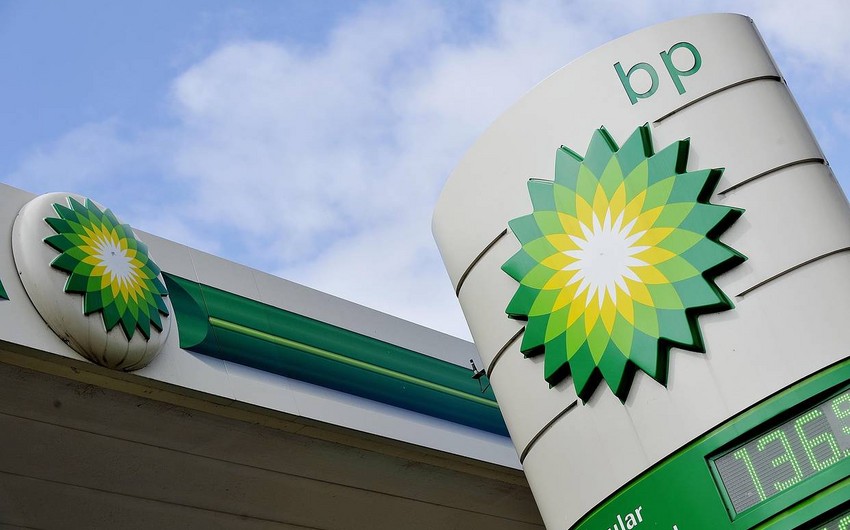BP has called time on the world's rising demand for fossil fuels after finding that oil demand may have already reached its peak and faces an unprecedented decades-long decline.
The British energy company BP said in its annual forecast to 2050, Report says.
Spencer Dale, BP’s chief economist, said the company’s vision of the world’s energy future had become greener due to a combination of the Covid-19 pandemic and the quickening pace of climate action, which has hastened “peak oil.”
In effect, the document sounds a death-knell for the growth of global oil demand after two of t three energy scenarios for the next 30 years found that the market reached a peak in 2019.
BP's third scenario shows a world in which climate action does not accelerate, oil demand plateaus at similar levels seen in 2019 through the 2020s before declining from 2035.
BP's chief executive, Bernard Looney, said the findings would help the company to "better understand the changing energy landscape" and would be instrumental in helping it develop its plans to become a net-zero energy company by 2050.
The central scenario, which aligns with the Paris climate agreement's goals to keep global temperatures well below 2C above pre-industrialized levels, shows demand for oil tumbling by 55% over the next 30 years. Meanwhile, the greenest scenario, in which the world aims to limit global heating to an increase of 1.5C, oil demand falls 80% by 2050.
He will present BP's energy vision to the company's investors on Monday as part of a three-day event, outlining its plan to become a carbon-neutral energy company by 2050.
BP announced plans last month to grow its low-carbon investments eightfold by 2025 and tenfold by 2030 while cutting its fossil-fuel output by 40% from 2019. The company took its first step into the offshore wind industry last week with a $1.1bn (£860m) deal to buy a stake in two projects owned by Equinor of Norway.
According to BP, the world's greater reliance on clean energy means renewables could grow from 5% of the world's energy use today to somewhere between 20% and 60% by 2050.


 https://static.report.az/photo/c3be779f-49c0-3d77-a36b-1ddb289511bf.jpg
https://static.report.az/photo/c3be779f-49c0-3d77-a36b-1ddb289511bf.jpg

